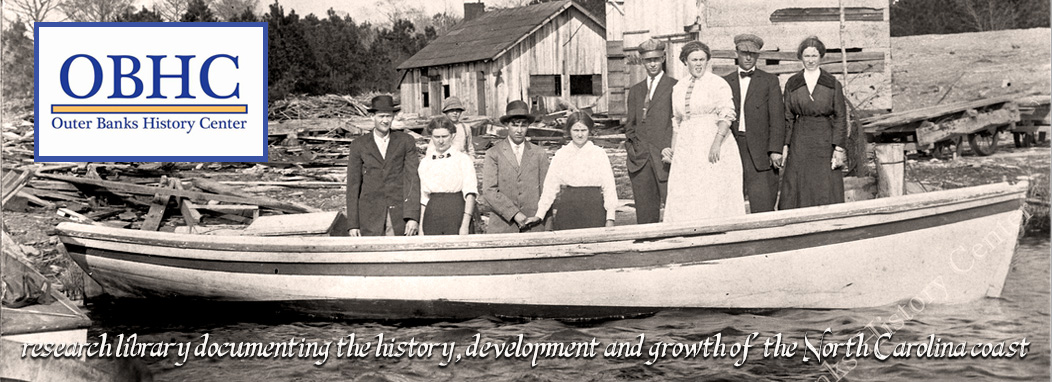My name is Connor Badgett, and I’m a senior at UNC Chapel Hill majoring in Environmental Science. My internship this semester was with Quible & Associates, P.C., an environmental consulting firm in Powells Point, NC. President of Quible, Warren Eadus, was my mentor this semester and he had me dabble in many of their projects to get an understanding of the variety of work they do.
 The firm does environmental assessments, as well as engineering work, to determine if an area can be developed for any number of purposes. One such project I worked on multiple times was to assess an area of the Neuse River Estuary to see if it is suitable for a marina.
The firm does environmental assessments, as well as engineering work, to determine if an area can be developed for any number of purposes. One such project I worked on multiple times was to assess an area of the Neuse River Estuary to see if it is suitable for a marina.
To do this, we monitored water quality parameters like turbidity, chlorophyll-a content, and dissolved oxygen. A certain dissolved oxygen content needs to be maintained for the health of the environment, so monitoring helps to establish a baseline. The marina needs to be dredged so larger boats can enter, so we also collected cores of the sediment to determine how dredging would be done and what could be done with the resulting dredge spoils.

 On the left, you can see how we collected the cores. We used a long aluminum rod and vibrated it into the ground using a machine called a vibracore. The resultant core is pictured on the right. We split the cores and determined soil types using a Munsell soil color chart and estimates of texture by feel. On the right, you can see different layers of soil. The black area represents a fire. Further down, you can see remnants of an ancient seabed called marl. Collecting this material allowed us to determine that the dredge spoils will not usable for other purposes. For this project, we also collected long-term weather data using a weather station, some of which I logged into a spreadsheet for future use. The marina is still in the permitting process, but our work will help decide if this location is viable.
On the left, you can see how we collected the cores. We used a long aluminum rod and vibrated it into the ground using a machine called a vibracore. The resultant core is pictured on the right. We split the cores and determined soil types using a Munsell soil color chart and estimates of texture by feel. On the right, you can see different layers of soil. The black area represents a fire. Further down, you can see remnants of an ancient seabed called marl. Collecting this material allowed us to determine that the dredge spoils will not usable for other purposes. For this project, we also collected long-term weather data using a weather station, some of which I logged into a spreadsheet for future use. The marina is still in the permitting process, but our work will help decide if this location is viable.
Warren also wanted me to do Hazwoper training, a shortening for Hazardous Waste Operations and Emergency Response. The training covers a multitude of topics about how to handle many types of hazardous waste, and how to avoid work-related injuries and other potentially dangerous work conditions. This will be beneficial to have for my own personal safety and is something I can add to my resume.
 I really enjoyed working with Quible and their excellent staff. The internship allowed me to see many different types of projects, acquire field experience, and see how an environmental consulting firm office operates. There was a good mix of field and office experience. In the field, I did things like take notes, assist with set up and collection of samples and information, and perform tasks like bailing wells and driving vibracores into the ground. In the office, I assisted with data entry and analysis, and did my Hazwoper training.
I really enjoyed working with Quible and their excellent staff. The internship allowed me to see many different types of projects, acquire field experience, and see how an environmental consulting firm office operates. There was a good mix of field and office experience. In the field, I did things like take notes, assist with set up and collection of samples and information, and perform tasks like bailing wells and driving vibracores into the ground. In the office, I assisted with data entry and analysis, and did my Hazwoper training.
I would recommend this internship to any student interested in doing environmental consulting work who likes doing both data analysis in the office and collection in the field. Just to warn you, it is a 45-minute drive but it’s well worth it!



